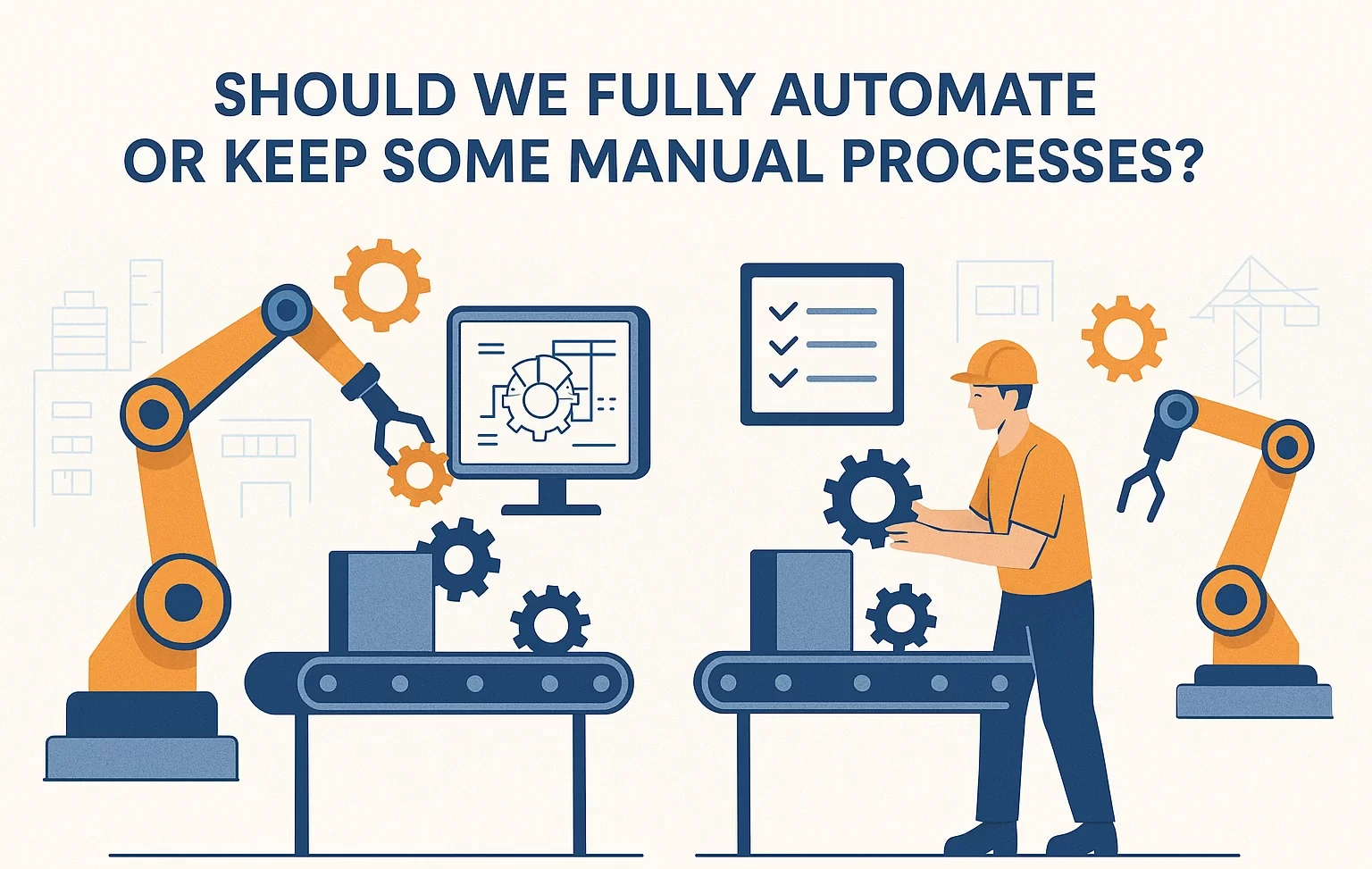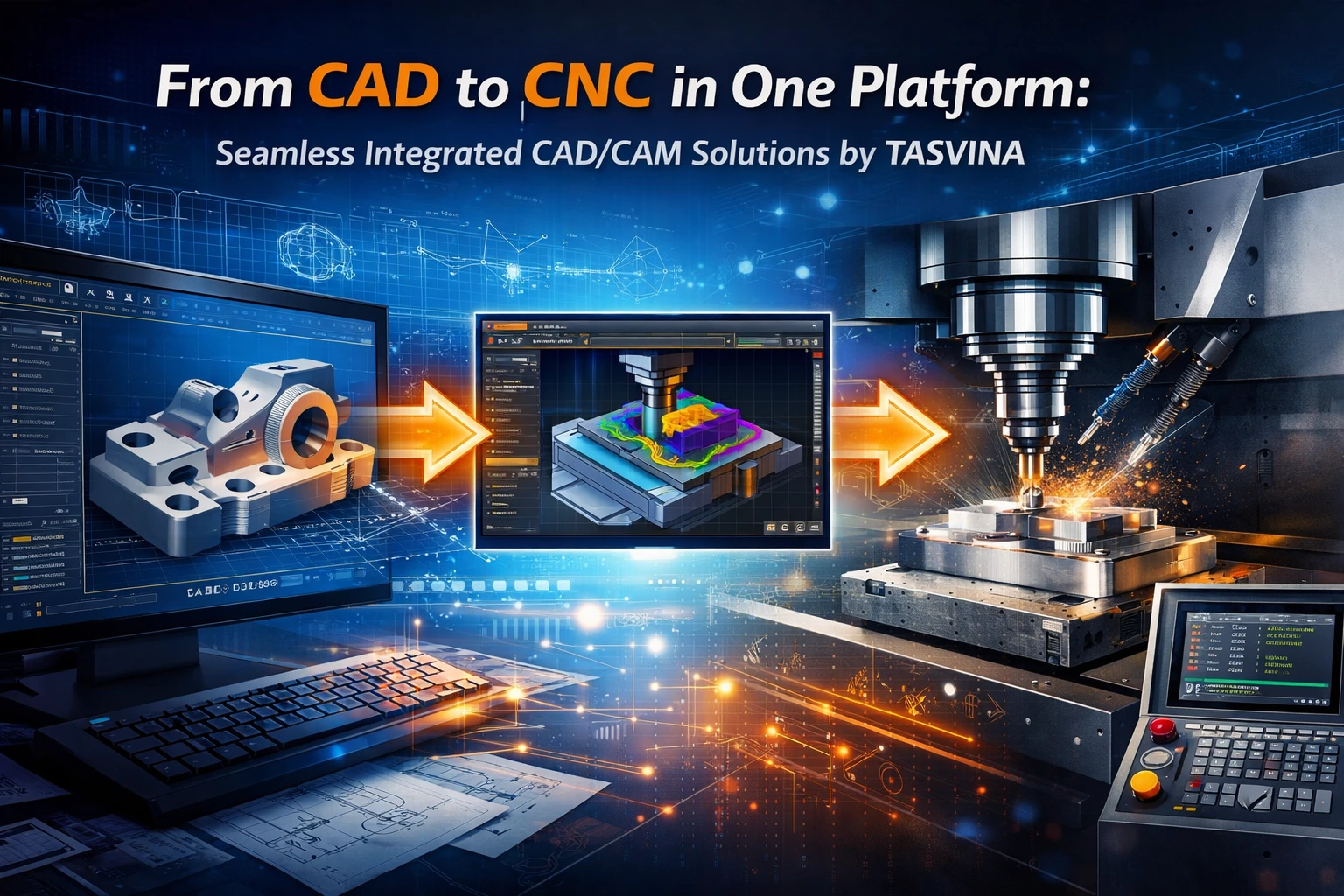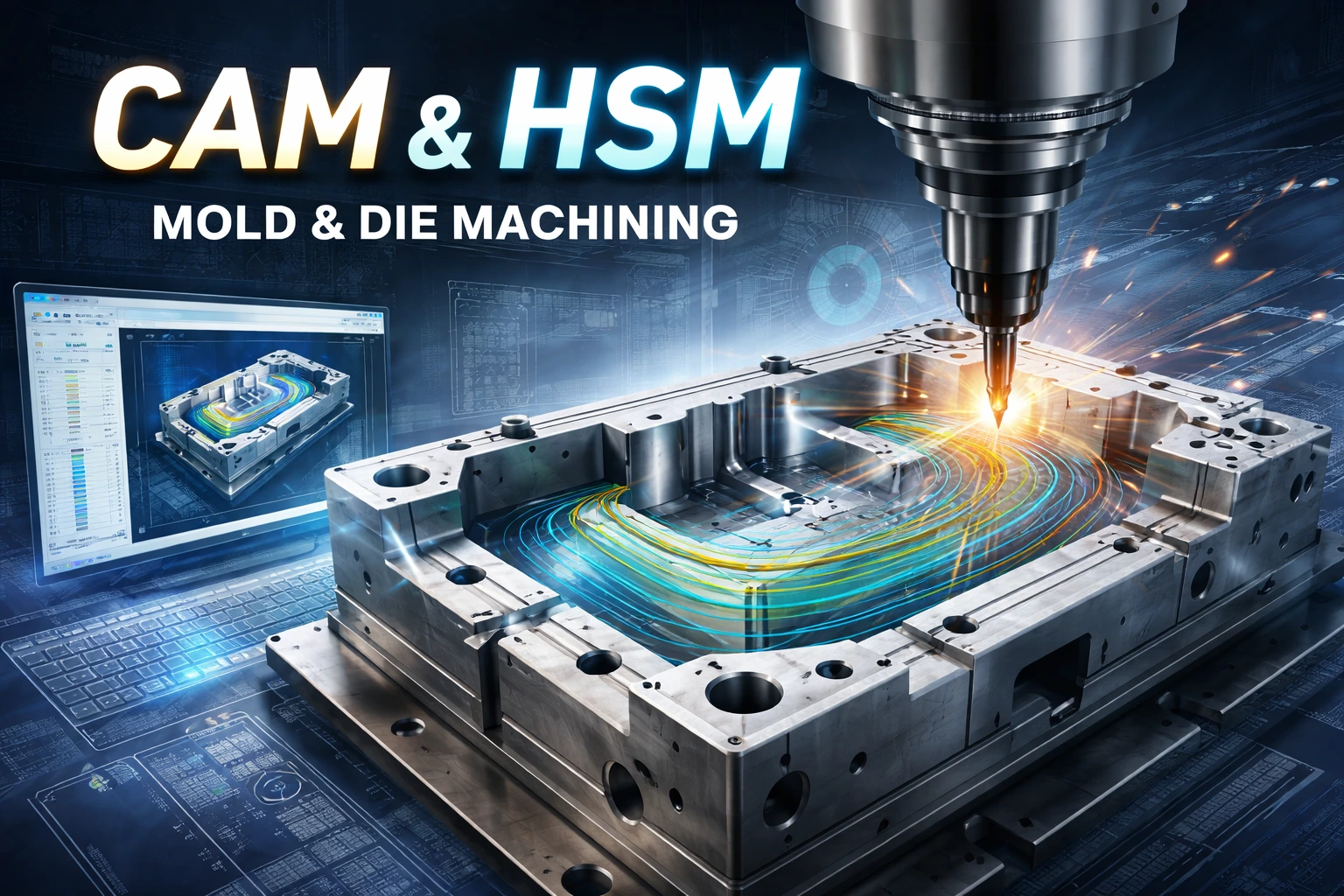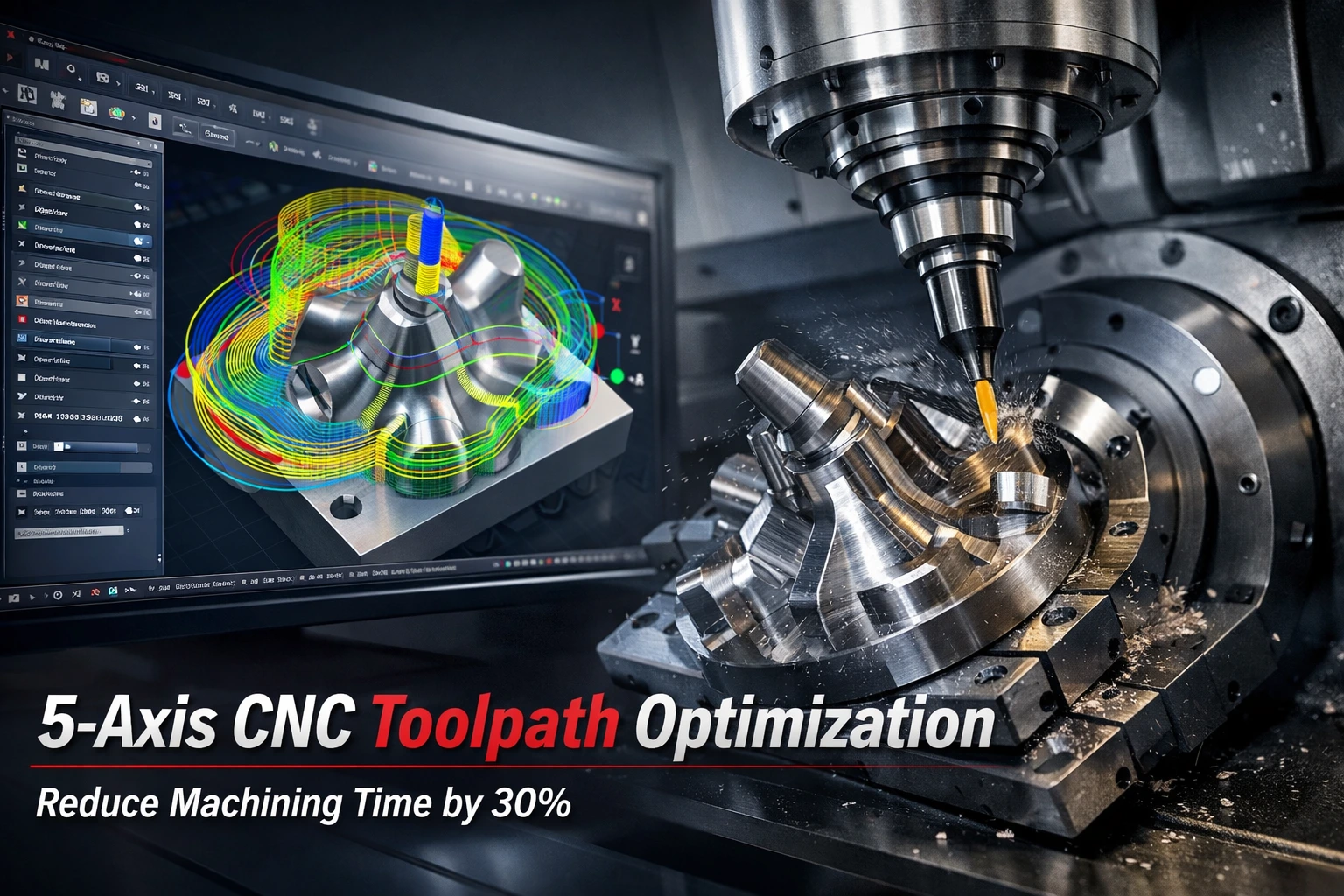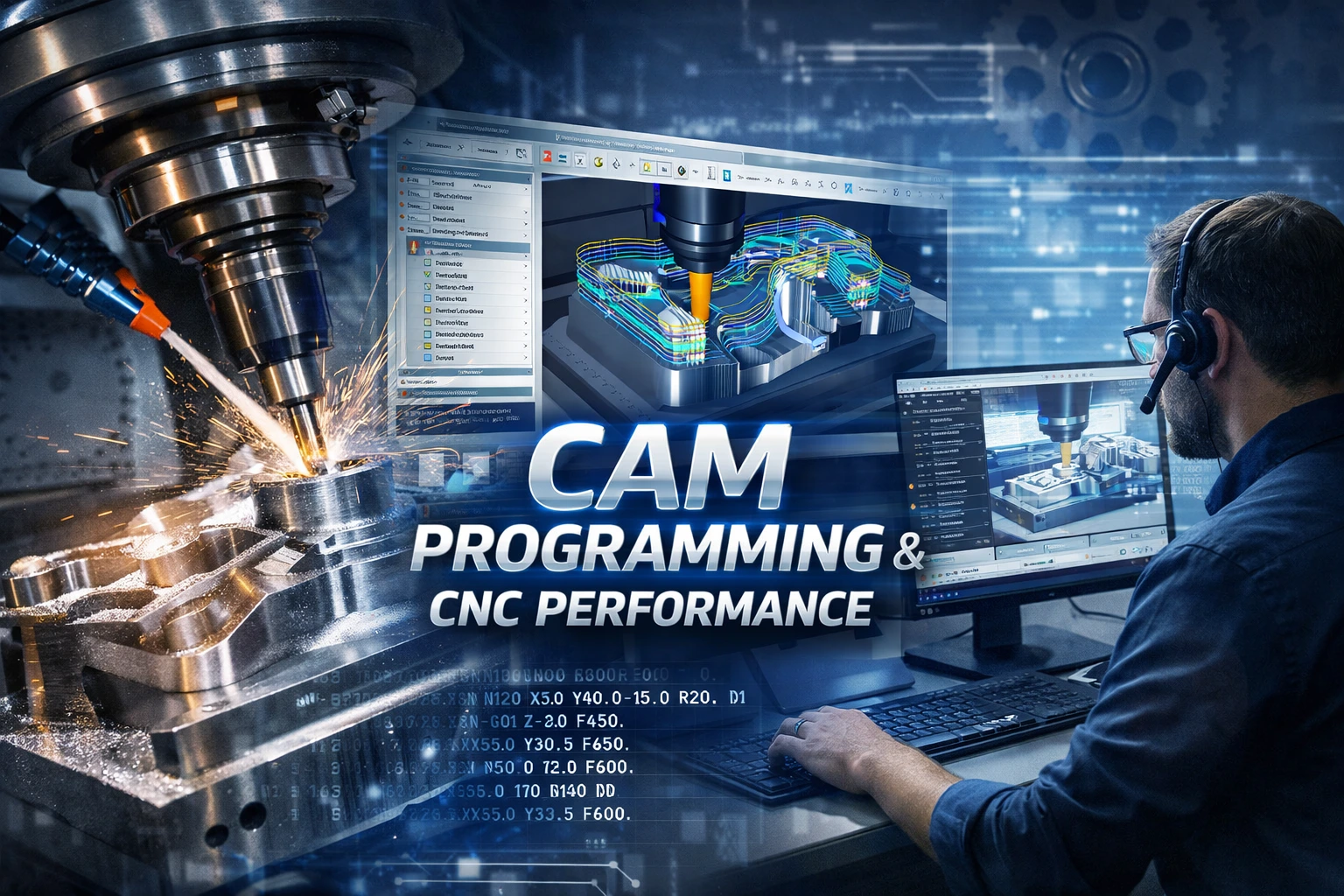In today’s industrial landscape, automation is no longer a luxury — it’s a competitive necessity. From manufacturing and automotive design to simulation and data management, automation helps organizations improve productivity, minimize human error, and accelerate time to market.
Yet, an essential question remains: Should businesses fully automate their operations, or should they retain some degree of manual control? At TASVINA, where we specialize in design, engineering simulation, and automation solutions, we often explore this question with our clients. The answer, as always, lies in finding the right balance between efficiency, flexibility, and human expertise.
1. The Promise of Full Automation
Fully automated systems leverage robotics, AI, and digital workflows to handle every stage of production or engineering — from design and testing to deployment.
Key advantages include:
- Precision and Consistency: Automated systems perform repetitive tasks with micron-level accuracy, ensuring quality uniformity across production batches.
- Speed and Scalability: Automation allows companies to scale operations without proportionally increasing costs or manpower.
- Data-Driven Decision Making: With IoT sensors and analytics, organizations can collect real-time data to optimize performance and reduce downtime.
- Safety and Risk Reduction: Automated processes minimize human involvement in hazardous environments, improving workplace safety.
In sectors like automotive design and manufacturing, where precision and repeatability are paramount, full automation can deliver significant competitive advantages.
2. The Hidden Costs and Limitations of Going Fully Automated
However, despite its appeal, full automation is not always the best strategic choice.
Initial Costs:
Implementing a fully automated system requires substantial capital investment in hardware, software, integration, and maintenance.
Lack of Flexibility:
Automated systems excel in stable, high-volume environments but struggle with custom or low-volume production. When the market demands rapid product iteration or engineering customization, manual intervention often becomes indispensable.
Dependence on Complex Systems:
High automation levels increase dependence on specialized equipment and software. System failures or integration issues can disrupt entire workflows and require expert support to resolve.
Human Insight Still Matters:
Even the most advanced AI cannot replicate human creativity and engineering intuition — qualities that drive innovation, problem-solving, and product differentiation.
3. The Case for Hybrid Automation
For many organizations, the ideal solution is hybrid automation — combining automated systems with selective human oversight and intervention.
This approach allows companies to benefit from the speed and precision of automation while retaining flexibility and creativity where it matters most.
Examples of effective hybrid automation include:
- Automated design workflows with human validation: Engineers use simulation tools to generate multiple design variants automatically, but expert review ensures feasibility and innovation.
- Human-in-the-loop quality control: Machines perform inspections, while experienced technicians handle anomaly detection and root-cause analysis.
- Data automation with engineering judgment: Automated systems collect and process simulation data, but human engineers interpret insights in context.
In automotive R&D, for example, hybrid systems enable teams to run thousands of simulations overnight while allowing engineers to refine the final design with their expertise.
4. Strategic Decision-Making: When to Automate and When Not To
When deciding the degree of automation, consider the following dimensions:
- Process Stability: Stable, repetitive processes are ideal for full automation. Dynamic or creative tasks benefit from human adaptability.
- Production Volume: Higher volumes justify automation investments; smaller batches often favor manual or semi-automated processes.
- Complexity and Customization: Highly customized engineering projects require human insight, even if partially automated.
- ROI and Lifecycle Costs: Evaluate long-term returns, including maintenance, training, and upgrade costs — not just initial setup expenses.
- Workforce Skills: Automation should enhance, not replace, skilled engineers. Upskilling staff to manage and optimize automated systems ensures long-term value.
5. The Future: Human-Centered Automation
The next evolution of automation will not eliminate human input but augment it. Smart systems, powered by AI and digital twins, are shifting towards collaborative automation — where humans and machines work together seamlessly.
At TASVINA, we believe in human-centered automation: leveraging technology to amplify engineering capability, not replace it. This philosophy drives our simulation, design, and integration solutions, enabling clients to achieve optimal efficiency without losing human ingenuity.
As businesses embrace Industry 4.0 and prepare for Industry 5.0, the goal is no longer full automation — it’s smart collaboration between human intelligence and machine precision.
Conclusion
So, should you fully automate your operations or keep a human touch?
The answer depends on your strategic goals, industry context, and operational maturity.
Full automation maximizes speed and accuracy but can sacrifice adaptability and insight. Manual processes offer flexibility but limit scalability. The most successful organizations will find equilibrium — a hybrid approach that integrates automation intelligently while preserving human creativity and control.
At TASVINA, we help engineering teams and manufacturers design that balance — delivering smarter automation solutions that are not only efficient but also adaptive, insightful, and future-ready.




